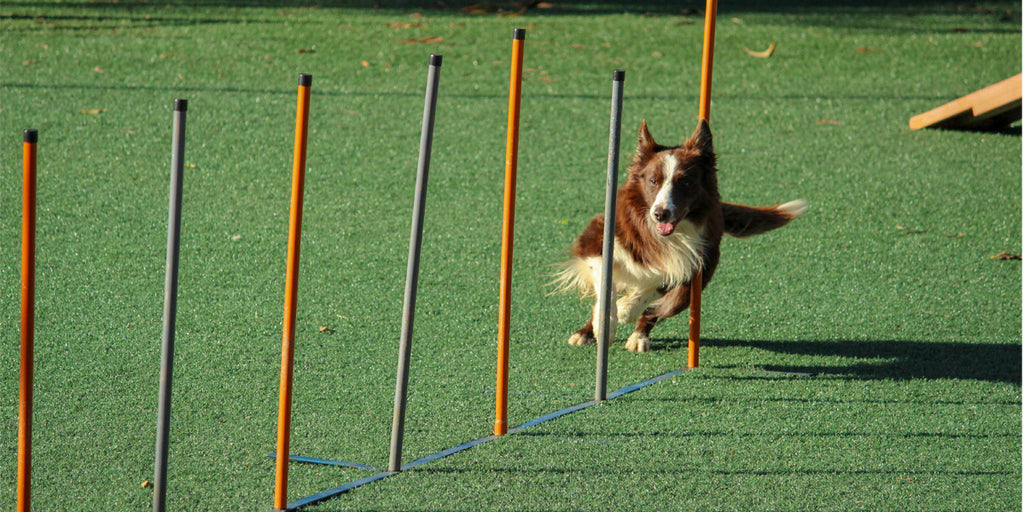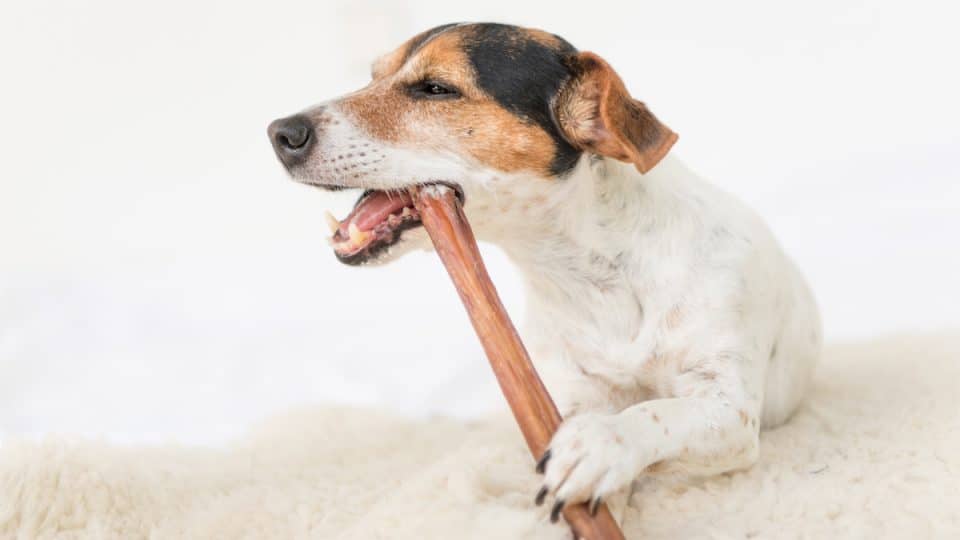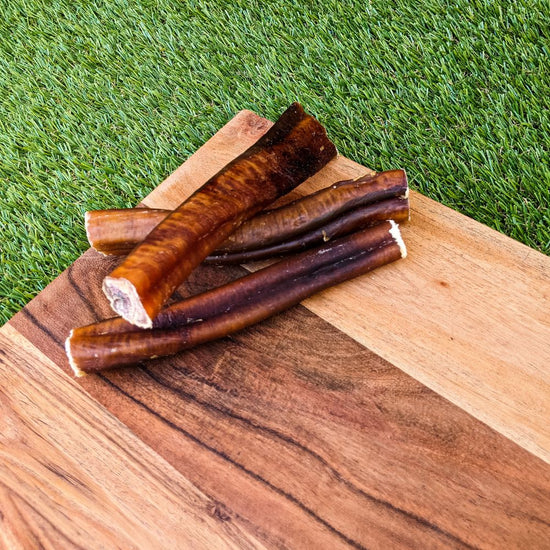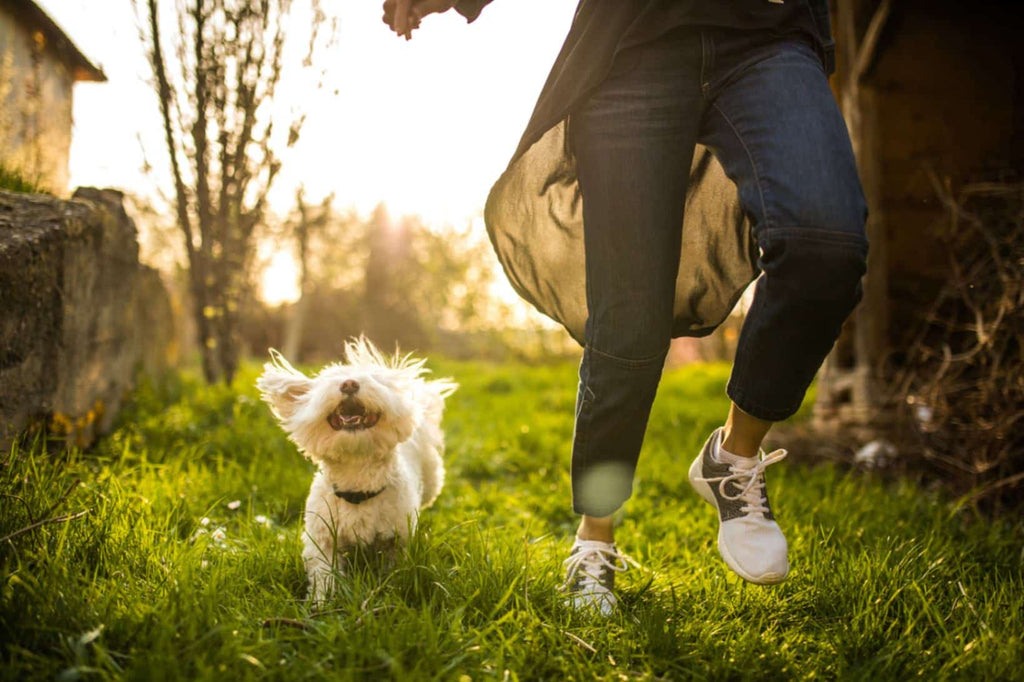
The Ultimate Guide to Dog Training: Techniques, Tips, and Tools for Success

Training your dog is an essential aspect of responsible pet ownership. Proper training ensures your dog behaves well, remains safe, and enjoys a fulfilling life. This comprehensive guide delves into various dog training techniques, offers valuable tips, and highlights essential tools to help you succeed in training your canine companion.
Why Dog Training is Important
1. Safety: Training your dog to respond to commands like "sit," "stay," and "come" can prevent dangerous situations, such as running into traffic or encountering aggressive animals.
2. Behavior Management: Training helps manage undesirable behaviors like excessive barking, chewing, and jumping. A well-trained dog is easier to live with and less likely to cause damage or disturbances.
3. Bonding: Training sessions provide an opportunity to strengthen the bond between you and your dog. Positive reinforcement techniques foster trust and communication, enhancing your relationship.
4. Socialization: Proper training includes socializing your dog with different environments, people, and animals, reducing the likelihood of fear-based behaviors and aggression.
Types of Dog Training
1. Obedience Training: Obedience training focuses on teaching basic commands such as "sit," "stay," "come," and "heel." These commands form the foundation for good behavior and control in various situations.
2. Crate Training: Crate training involves teaching your dog to accept a crate as a safe, comfortable space. It aids in housebreaking, prevents destructive behavior, and provides a secure place for your dog to rest.
3. Leash Training: Leash training teaches your dog to walk calmly on a leash without pulling. It is crucial for safe, enjoyable walks and helps establish control in public settings.
4. Behavioral Training: Behavioral training addresses specific issues like aggression, separation anxiety, and excessive barking. It involves understanding the root cause of the behavior and using appropriate techniques to modify it.
5. Agility Training: Agility training involves navigating an obstacle course, promoting physical fitness and mental stimulation. It strengthens the bond between you and your dog and can be a fun, rewarding activity.
6. Clicker Training: Clicker training uses a clicker to mark desired behavior, followed by a reward. It is an effective, positive reinforcement technique for teaching complex behaviors and tricks.
Essential Dog Training Techniques
1. Positive Reinforcement: Positive reinforcement involves rewarding your dog for desired behavior, encouraging them to repeat it. Rewards can include treats, praise, and playtime. This technique builds trust and fosters a positive learning environment (Fluffy Tamer) (Pet Services at your doorstep).
2. Consistency: Consistency is crucial for successful training. Use the same commands and rewards each time, and ensure all family members follow the same approach. Inconsistent signals can confuse your dog and hinder progress (DecsPets).
3. Timing: Timing is essential in dog training. Reward your dog immediately after they perform the desired behavior to reinforce the connection between the action and the reward (The Rich Groomer).
4. Patience: Training takes time and patience. Avoid punishing your dog for mistakes; instead, calmly guide them towards the correct behavior and reward their efforts (Pet Services at your doorstep).
5. Socialization: Expose your dog to various environments, people, and other animals from a young age. Socialization helps prevent fear and aggression, making your dog more adaptable and well-behaved (The Rich Groomer).
Common Dog Training Challenges and Solutions
1. Housebreaking: Housebreaking is often the first challenge for new dog owners. Establish a consistent schedule for feeding and bathroom breaks, and reward your dog for eliminating in the correct spot. Clean up accidents promptly and avoid punishment (DecsPets) (The Rich Groomer).
2. Chewing: Chewing is a natural behavior for dogs, especially puppies. Provide appropriate chew toys and discourage chewing on furniture and other items. Redirect your dog’s attention to their toys and reward them for using them (Fluffy Tamer).
3. Jumping Up: Dogs often jump up to greet people. Teach your dog to sit instead by ignoring them when they jump and rewarding them when all four paws are on the ground. Consistency is key to breaking this habit (DecsPets).
4. Pulling on Leash: Leash pulling can make walks stressful. Use a front-clip harness to reduce pulling and reward your dog for walking beside you. Stop walking when your dog pulls and resume when the leash is slack (The Rich Groomer).
Dog Training Tools
1. Clickers: Clickers are small devices that make a clicking sound, used to mark desired behavior. They are an effective tool for positive reinforcement training (Fluffy Tamer).
2. Treat Pouches: Treat pouches are convenient for carrying treats during training sessions, ensuring quick rewards for good behavior (DecsPets).
3. Leashes and Collars: Choose a sturdy leash and a comfortable collar or harness. Front-clip harnesses are particularly useful for reducing leash pulling (The Rich Groomer).
4. Crates: Crates provide a safe, secure space for your dog and are essential for crate training. Choose a crate that is appropriately sized for your dog (Pet Services at your doorstep).
5. Interactive Toys: Interactive toys keep your dog mentally stimulated and can be used to reinforce training commands and reduce boredom (Fluffy Tamer).
Advanced Dog Training Techniques
1. Target Training: Target training teaches your dog to touch a specific object, like a target stick, with their nose or paw. It can be used to teach complex behaviors and tricks (DecsPets).
2. Scent Work: Scent work involves teaching your dog to identify and locate specific scents. It is mentally stimulating and taps into your dog’s natural abilities (The Rich Groomer).
3. Trick Training: Trick training is a fun way to challenge your dog and reinforce obedience commands. Tricks like "shake," "roll over," and "play dead" provide mental stimulation and entertainment (Pet Services at your doorstep).
4. Rally Obedience: Rally obedience combines traditional obedience commands with agility elements. It enhances your dog’s obedience skills and provides physical and mental exercise (DecsPets).
Conclusion
Effective dog training is essential for a well-behaved, happy, and healthy pet. By using positive reinforcement techniques, being consistent, and addressing common challenges with patience, you can successfully train your dog and enjoy a strong, loving bond. Remember to use the appropriate tools and seek professional help if needed to ensure the best training experience for you and your dog.
FAQs:
Q: How often should I train my dog? A: Short, frequent training sessions (5-10 minutes) multiple times a day are more effective than long sessions. Consistency is key to success (DecsPets).
Q: What is the best age to start training my dog? A: Start training your puppy as early as 8 weeks old. Early training sets the foundation for good behavior throughout their life (The Rich Groomer).
Q: Can older dogs be trained? A: Yes, older dogs can learn new behaviors and commands. Patience and consistency are essential when training older dogs (Fluffy Tamer).
For more detailed information and resources, you can visit The Rich Groomer, Dec's Pets, and PawPurrfect.






